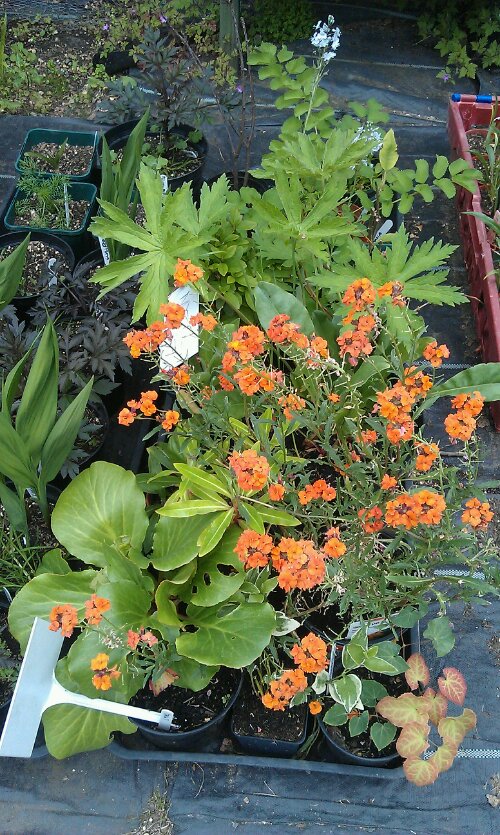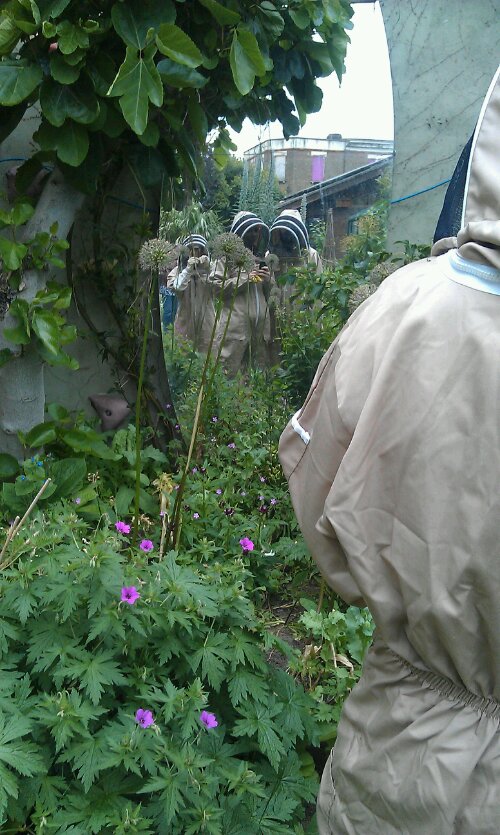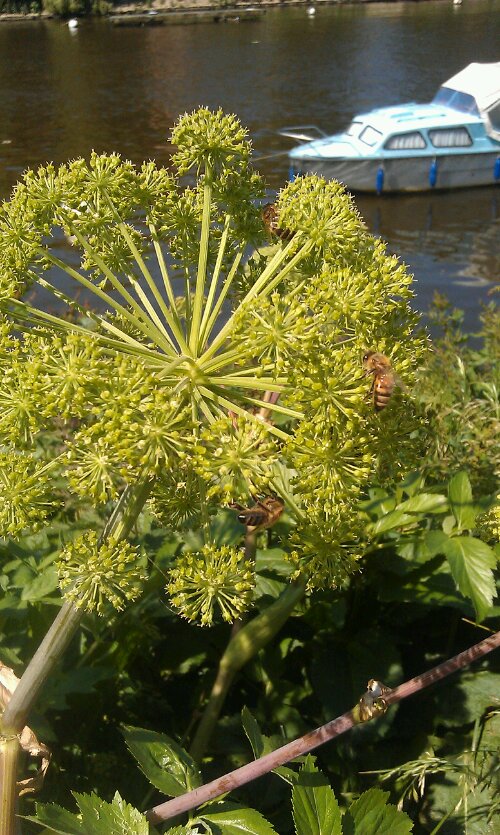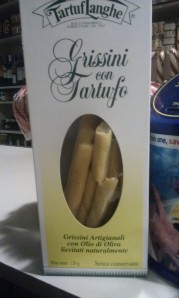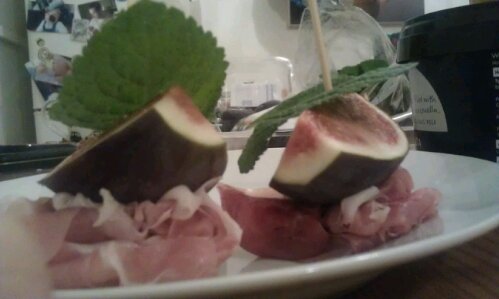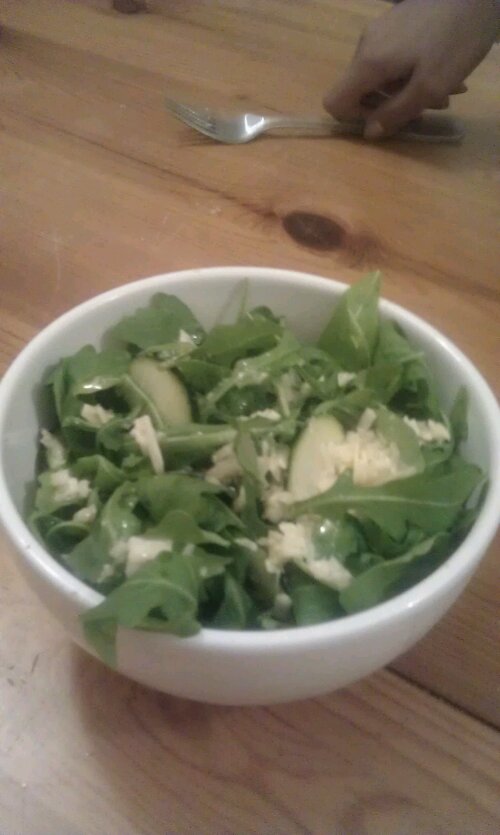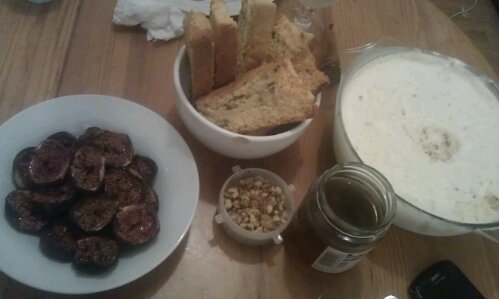As I’m still reeling from learning about the amazingness of bees at a beekeeping course on Sunday, I’m going to give you some more bee facts that could potentially blow your mind. They blew mine.
There are 250,000 varieties of bee. Only one of these is a honey-making bee.
A bee hive is an extremely clean environment. When a bee knows it is going to die, it will fly away from the hive and die elsewhere. If the bee is very ill and cannot get away in time, the other bees will remove the dead body to a safe distance from the hive, to prevent disease spreading.
Bees also do not go to the toilet in the hive. They will fly outside and go somewhere else.
There are guard bees at the entrance to the hive. Each hive has it’s own scent (a unique mixture of the pollen that has been collected by that colony). As a bee approaches the hive, the guard bees will smell them to check they have the same scent. If they are not from that colony, they will be shooed away, unless they are carrying tons of pollen, then they will be allowed in.
When the young worker bees first leave the hive, they spend some time familiarising themselves with the hive and the local area. To help them find their way back, the guard bees flap their wings and fan the scent of the hive out into the air.
When a bee visits a flower to collect pollen, they will leave a scent behind that allows the other bees, who are also out foraging, to know that flower has already been visited. This prevents lots of other bees wasting time visiting the same flower.
A workers bee’s life lasts about six weeks in the summer, at which point they’re pretty knackered from all the flying and foraging etc. In the winter, because their main job is to keep the brood warm, as opposed to all the flying, they will live to about six months.
The personality of the queen bee dictates the character if a colony. If you have an aggressive queen, the colony will be more aggressive and you will get more stings, etc. If, however, you replace that queen with a more placid one, the whole colony will become more placid and calm.
Royal Jelly is produced by a gland in the bee’s head, which develops after a few weeks of life. The worker bee eggs will be given the Royal Jelly for two days only. An egg which is destined to become a drone will recieve a bit more and an egg which is to potentially become a queen bee will be fed solely on Royal Jelly. It is not that the Jelly is scarce. There is tons of it to go around. It’s that the worker bees need to be kept ‘stupid’ and so are rationed, whereas the drones and queens need to develop more and are ‘in charge’ of stuff, so they are given more.
I’ve just realised that this still doesn’t cover all of the bee facts I learned on Sunday.
A bee colony is the picture of efficiency. It’s funny to think that they don’t talk, yet they have developed all these complex systems to keep the colony running efficiently.


